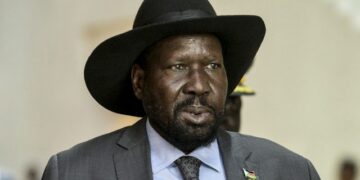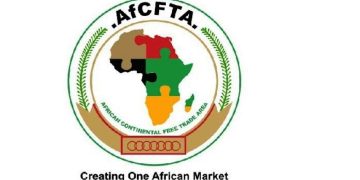By John Ikani
A survey has revealed that Nigeria’s increasing crude oil production has helped mitigate declining output from other member countries of the Organization of Petroleum Exporting Countries (OPEC).
The survey by Reuters indicates that while OPEC’s crude oil output experienced a slight decline in June, rising production levels in Nigeria and Iraq limited the impact of cutbacks by other member nations.
Although the survey did not provide specific production volume figures for Nigeria, the country has shown improvement in its production levels in recent months. However, it has struggled to meet its OPEC production allocation for over 30 months. Data for June from OPEC and Nigeria’s upstream regulator is yet to be released.
Nigeria’s crude oil production saw a pickup in the last quarter of the previous year and has continued to grow slowly, except for a dip in April when output fell to approximately 1 million barrels per day. In June, OPEC pumped a total of 28.18 million barrels per day, which is a decrease of 50,000 barrels per day from May’s revised figure. This reduction was due to the implementation of the latest cutbacks.
The survey indicates that OPEC’s progress in limiting supply has been limited, with little further progress observed ahead of a voluntary reduction by Saudi Arabia, which recently took effect. In June, six OPEC members, including Saudi Arabia, agreed to cut output by an additional 1.04 million barrels per day, building upon existing reductions of 1.27 million barrels per day. These curbs remained in place throughout June.
In a significant move, the Saudi-led OPEC group decided to slash Nigeria’s baseline production from 1.742 million barrels per day to 1.38 million barrels per day for 2024. This decision came after Nigeria consistently failed to meet its allocated production volume set by the international oil cartel.
Data analysis from the Nigerian Upstream Petroleum Regulatory Commission (NUPRC) reveals that Nigeria’s actual production between January and May 2023 accounted for only 56% of the expected output. This shortfall in production amounted to a deficit of 80 million barrels of crude oil during the period, resulting in an estimated loss of $5.6 billion in revenue.
Despite Nigeria’s deficit, OPEC’s overall output is still falling short of the targeted amount by nearly 1 million barrels per day, primarily due to Nigeria and Angola not being able to reach their agreed production levels. However, Nigeria’s production has experienced a marginal increase.
Among OPEC’s Gulf producers, Saudi Arabia, Kuwait, and the United Arab Emirates have demonstrated high compliance with voluntary cuts and have successfully implemented their reductions. Saudi Arabia recorded the largest decline in output, reducing production by 40,000 barrels per day. Iran, which is exempt from OPEC cuts, saw the most significant decline of 50,000 barrels per day.
Although Nigeria has been pumping less than allowed under the OPEC+ deal, it has posted slight gains in exports, with key streams showing robust performance, according to the survey.
In global markets, oil prices surpassed $75 a barrel recently, but they are set to mark a fourth consecutive quarter of losses due to concerns over sluggish global economic activity and fuel demand.
Brent crude futures for September delivery rose by 1.1% to $75.33 a barrel, while the front-month contract increased by 52 cents to $74.86. These contracts are expected to record a 6% decline in the three-month period ending in June, marking the fourth consecutive quarterly decline.
Meanwhile, United States West Texas Intermediate crude (WTI) rose by 1.2% to $70.72, but it experienced a quarterly decline of 6.5%, its second consecutive quarterly drop.

































